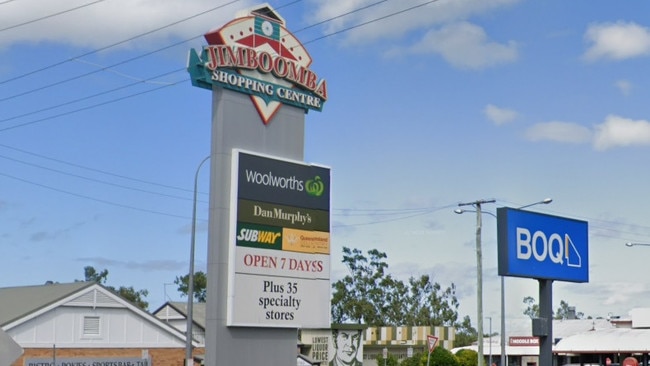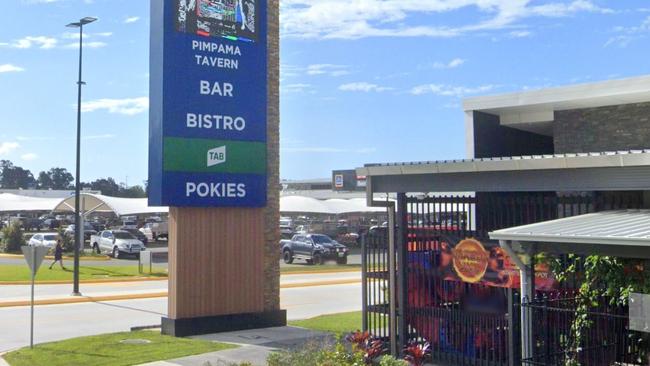It’s not called Jim-BOOM-ba for nothing ... check out the state’s population hotspots
A southside suburb has posted the state’s highest natural growth rate and is now poised for a baby boom, according to the latest statistics. CHECK OUT OUR MAP
Logan
Don't miss out on the headlines from Logan. Followed categories will be added to My News.
Who said the Covid lockdowns were boring? A southside suburb has posted the state’s highest natural growth rate and was well on the way to becoming Queensland’s “Nappy Valley”.
Jimboomba, a suburb of Logan on Brisbane’s southern fringe, had the largest natural increase in population, with mums giving birth contributing to the extra 510 people.
The population boom south of Brisbane was not confined to births, according to the latest ABS statistics, up to June 2021.

East of Jimboomba, Pimpama, on the northern Gold Coast, had the state’s largest growth rate.
An extra 2700 people started living in the area, with the majority of that increase from a whopping 2100 internal migration.
The Gold Coast became a mecca for overseas migrants with 860 foreigners moving to Surfers Paradise.
The next largest growth area was Caloundra West on the Sunshine Coast which had a 2200 population rise followed by Springfield Lakes, a suburb of Ipswich which went up by 2000 people.

Demographer Bernard Salt said the once-rural region of Jimboomba was fast becoming the state’s “baby hotspot”.
He said the booming region included high-growth suburbs of Yarrabilba and Flagstone, both state-government priority development areas.
“These are ‘Nappy Valley’ new developments and it is what we would expect in areas on the edge of every major city,” he said.
“The natural increase shows there are far more births than deaths, which is because it is a new area with fewer older people and it is attracting young home-owners having families.
“It’s the Nappy Valley of Queensland partly driven by new housing estates at Yarrabilba and Flagstone.”
Mr Salt said he did not believe the high birth rate in Jimboomba was mainly from Covid couplings, but said he expected a baby boom in the area, now the pandemic was subsiding.
“There is going to be demand for childcare centres and kindergartens and I would expect a baby boom in the area at the end of this year.”

The data also showed that over the year, Greater Brisbane’s population increased by 46,900, or 1.9 per cent, to a total of 2,560,720 while the rest of the state increased by 35,400 or 1.4 per cent.
The population density centre for Brisbane was in the suburb of Highgate Hill, to the south west of Brisbane’s central business district, indicating higher growth in Brisbane’s outer south west.





